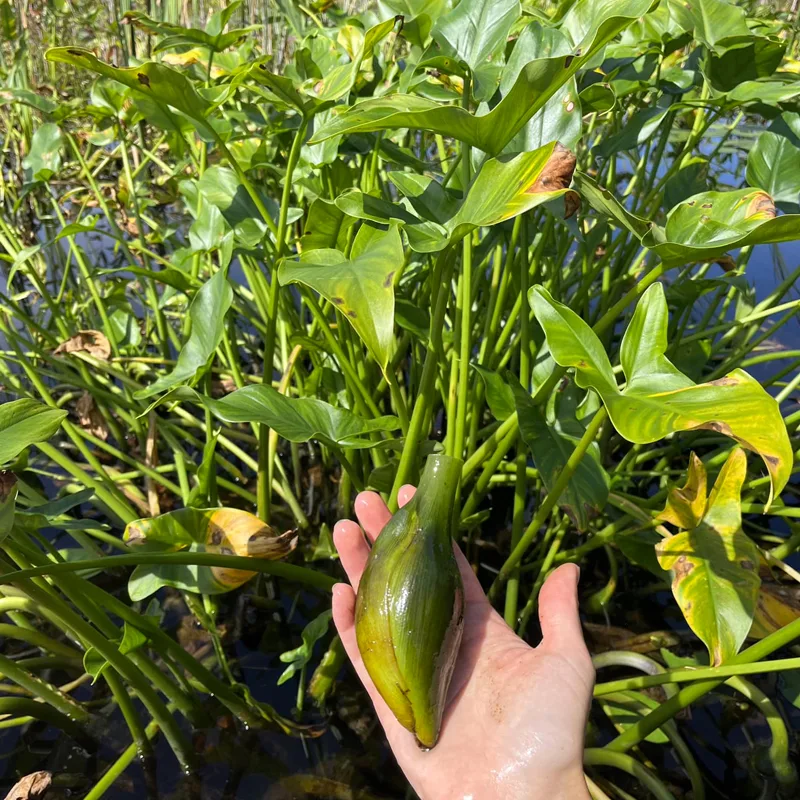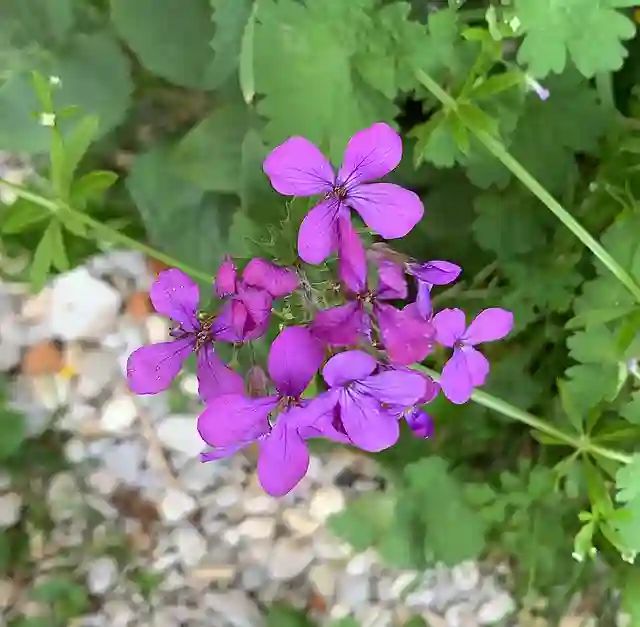
All About the Psychotria Elata: A Plant with a Kissable Secret
Hey everyone, Ferb Vu here. I’ve been absolutely fascinated by a particular plant lately, and I just had to share it with you all. It’s called the Psychotria Elata, but you might know it by its more colorful nicknames – Hot Lips, Hooker’s Lips, or even Girlfriend’s Kiss. This isn’t your average houseplant, though. It’s a real head-turner with some interesting quirks, so buckle up and let’s dive into the world of Psychotria Elata!
What is Psychotria Elata?
The Psychotria Elata is a tropical plant belong to the Rubiaceae family, native to the rainforests of Central and South America. It’s a small shrubby tree that can grow up to around 10 feet tall. But the real showstopper is the bright red, fleshy bracts that emerge before the tiny, yellow flowers bloom. These bracts are what give the Psychotria Elata its famous “lips” shape, and they’re what make this plant so sought-after by collectors.
Plant Family: 616 Genera in Rubiaceae – Coffee Family
Psychotria Elata vs Poeppigiana
In my experience, Psychotria Elata, often called the “hot lips” plant, has been a real showstopper with its bright, lip-shaped flowers, while Poeppigiana has a subtler charm with its less dramatic but still quite elegant blooms. I find that Psychotria Elata tends to attract more attention in the garden due to its striking appearance, whereas Poeppigiana’s understated beauty makes it a great choice for a more serene, background presence.
Where Does Psychotria Elata Live?
As mentioned before, Psychotria Elata is a tropical rainforest dweller. In the wild, you’ll find it thriving on the forest floor under the dappled light filtering through the canopy. It prefers a warm, humid environment with plenty of moisture and well-draining soil. Interestingly, while it thrives in the tropics, it can also adapt to somewhat temperate climates, making it a possibility for some houseplant enthusiasts.
How to Say Psychotria Elata?
Let’s be honest, “Psychotria Elata” is a bit of a mouthful. There’s a reason why this plant has so many nicknames! Pronouncing Psychotria Elata isn’t too difficult, though. Break it down like this: “Psy-CHO-tri-uh EL-ay-tuh.” But if you find yourself tongue-tied, “Hot Lips” or “Hooker’s Lips” work just fine!
Is Psychotria Elata Poisonous?
This is a good question, especially if you’re considering bringing this plant indoors. The good news is that Psychotria Elata isn’t considered toxic to humans or pets. However, it’s always best to keep potentially interesting plants out of reach of curious children and nibbling animals.
How to Grow Psychotria Elata?
So, you’ve been bitten by the Psychotria Elata bug and want to grow your own? It can be a bit challenging, but definitely rewarding. Here’s what you need to know:
- Light: Psychotria Elata prefers bright, indirect light. Think dappled sunlight filtering through a window rather than harsh direct sun.
- Temperature and Humidity: Aim for consistently warm temperatures around 68-80 degrees Fahrenheit (20-27 degrees Celsius) and high humidity levels (around 70% or more). You can use a humidifier or place your Psychotria Elata on a pebble tray filled with water to increase humidity.
- Watering: Keep the soil evenly moist but not soggy. Allow the top inch of soil to dry out slightly between waterings.
- Soil: A well-draining, slightly acidic potting mix is ideal. Aroid mix or a mix formulated for orchids can work well.
- Fertilizing: You can fertilize your Psychotria Elata monthly during the growing season with a balanced fertilizer diluted to half strength.
How to Propagate Psychotria Elata?
Propagating a Psychotria Elata can be tricky, but not impossible. Stem cuttings are the most common method. Here’s a quick guide:
- Take a stem cutting that’s at least 4-6 inches long with a few leaves.
- Remove the lower leaves and dip the cut end in rooting hormone.
- Plant the cutting in a pot with moist, well-draining soil.
- Enclose the pot in a clear plastic bag to create a humid environment.
- Place the pot in bright, indirect light and keep the soil moist.
- Be patient! It can take several weeks or months for roots to develop.
What Eats Psychotria Elata?
In its natural rainforest habitat, Psychotria Elata might be munched on by insects or small herbivores. However, as a houseplant, the biggest threats are likely to be overwatering, lack of humidity, or insufficient light.
Where to Buy Psychotria Elata?
Finding Psychotria Elata can be a bit of a challenge. It’s not your typical garden center find. However, with a little online searching, you might be lucky enough to find reputable nurseries or online retailers specializing in exotic plants. Be cautious of incredibly cheap offers, as these could be scams or could involve unhealthy plants. Look for sellers with good reviews and experience shipping delicate plants.
Here are a few additional things to consider before purchasing:
- Climate: If you live in a cooler climate, make sure you can provide the necessary warm and humid environment for Psychotria Elata to thrive.
- Commitment: This plant requires consistent care and attention. Be prepared to invest the time and effort to keep it happy.
- Alternatives: If you’re having trouble finding Psychotria Elata or are unsure about its care requirements, consider exploring similar plants. Aeschynanthus, also known as Lipstick Plant, offers a similar visual appeal with its red flowers. Gloxinia boasts vibrant bell-shaped blooms in various colors.
Ultimately, the decision is yours. But whether you choose to embark on the Psychotria Elata adventure or opt for a more readily available alternative, I hope this article has given you a fascinating glimpse into this unique plant with a kissable secret!
If i die, water my plants!



